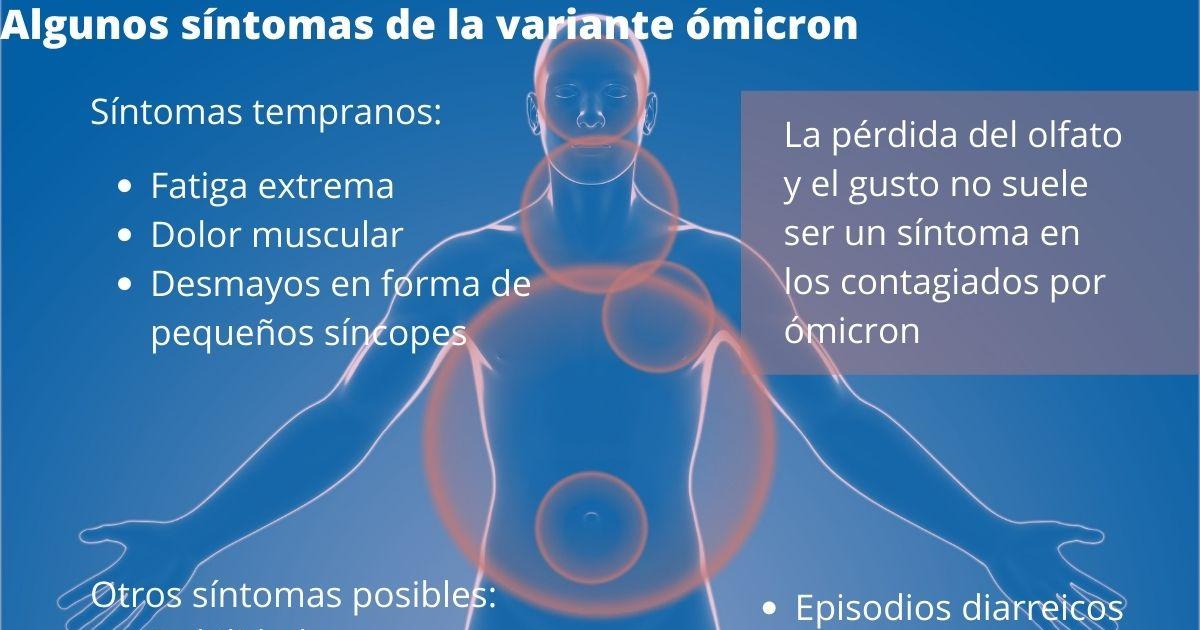Los SARS-CoV-2 infections recorded a rebound this summer and hospitalizations in Spain have begun to reflect worrying numbers. The existence of a seventh wave in the country, the eighth in Aragon, is almost taken for granted, despite the gradual and almost total disappearance of socio-health restrictions.
The highly contagious nature of the silent variant of omicron (the BA.2) and subsequent appearance of the sub-variant XE (mixture of BA.1 and BA.2) has triggered infections and also brought out the appearance of symptoms already detected in late January, when the silent virus began to spread strongly around the world.
According to the Ministry of Health, the ómicron variant is currently the dominant variant in Spain. It comprises five lineages (BA.1, BA.2, BA.3, BA.4 and BA.5) and their derived sublines. BA.1 was the main strain during the first phase of expansion and, therefore, the characteristics described for the variant matched those of this strain. BA.2, which had numerous differences from BA.1, has grown to become the predominant lineage globally. He highlighted the aforementioned XE lineage, recombinant of BA.1 and BA.2 which shared the spike gene with the latter and which, according to UK reports, grew at a rate above BA.2. The arrival of the sub-variants of ómicron, BA.4 and BA.5, and their recent expansion throughout Europe, has put health authorities on alert in recent weeks. It was demonstrated that they are even more contagious than their predecessors, although they do not imply an increase in the severity of the infection.
The first and most frequent symptoms of omicron
How the first symptoms of infection appear extreme fatigue with muscle pain and fainting in the form of small syncopes; This second symptom was detected in Berlin just over four months ago, when a 35-year-old patient had the only problem of being infected with SARS-CoV-2, according to the German medical journal Ärztezeitung. The textual media evaluation was that doctors could see a “clear connection” between the infection and the fainting.
Other symptoms associated with omicron and its subvariants are:
- Weakness
- headaches
- Sore throat
- Muscular pain
- loss of appetite
- Episodes of diarrhea
- Unusual increase in heart rate
- Aphonia
- Tos
- Runny nose and sneezing
- High fever…
–
However, except for specific cases, those infected with omicron do not present one of the most common symptoms in the variants that previously predominated in the pandemic: the loss of smell and taste, although there are cases.
Percentage and duration of omicron symptoms
The medical journal Eurosurveillance, the Oslo City Council and the Norwegian Institute of Public Health (NIPH) have launched an investigation into the emergence of omicron for a cohort study detect the symptoms of this variant and abound in its knowledgeas well as the most appropriate way to deal with it:
- Tos: 83% of positives suffer from it. This symptom lasts an average of 4 days (between 3 and 5 days).
- Rhinorrhea (Runny nose / congestion): symptom that suffered 78% of the infected. Its duration is also on average 4 days (between 2 and 5 days).
- Fatigue: It is the third of the most common symptoms, with 74% of positive people suffering from it. It usually also lasts an average of 4 days (between 2 and 5 days).
- Sore throat: detected in 72% of positives, it usually lasts a little less, on average 3 days (between 2 and 5 days).
- Headache: 68% of positive patients suffer from headache, although its duration is on average 2 days (between 2 and 4 days).
- Muscle pain: 58% of positives suffer from it. This symptom usually lasts an average of 2 and a half days (between 2 and 4 days).
- Fever: although it is a very common symptom in other variants, in omicron only 54% of positives suffer from it. Its duration is usually 2 days on average.
- to sneeze: 43% of positives suffer from it for an average of 3 days (between 2 and 4 days).
- loss of smell: It is a very present symptom in other variants of covid-19, in omicron, however, only 12% of people who test positive suffer from it. Its duration is usually 2 days (between 2 and 3 days).
- reduced appetite: 33% of cases suffer from it. Lack of appetite usually lasts an average of 3 days (between 2 and 5 days).
- heavy breathing: a symptom that only 12% of the infected suffer. On average it lasts 2 days (between 1 and 5 days).
- reduced taste: According to this study, it is a less common symptom than other variants. 23% of people who test positive for covid suffer from it and it usually lasts an average of two and a half days (between 2 and 4 days).
- Abdominal painFinally, this symptom is suffered by only 6% of omicron positives, and usually lasts an average of 2 days (between 1 and 3 days).
–
—


